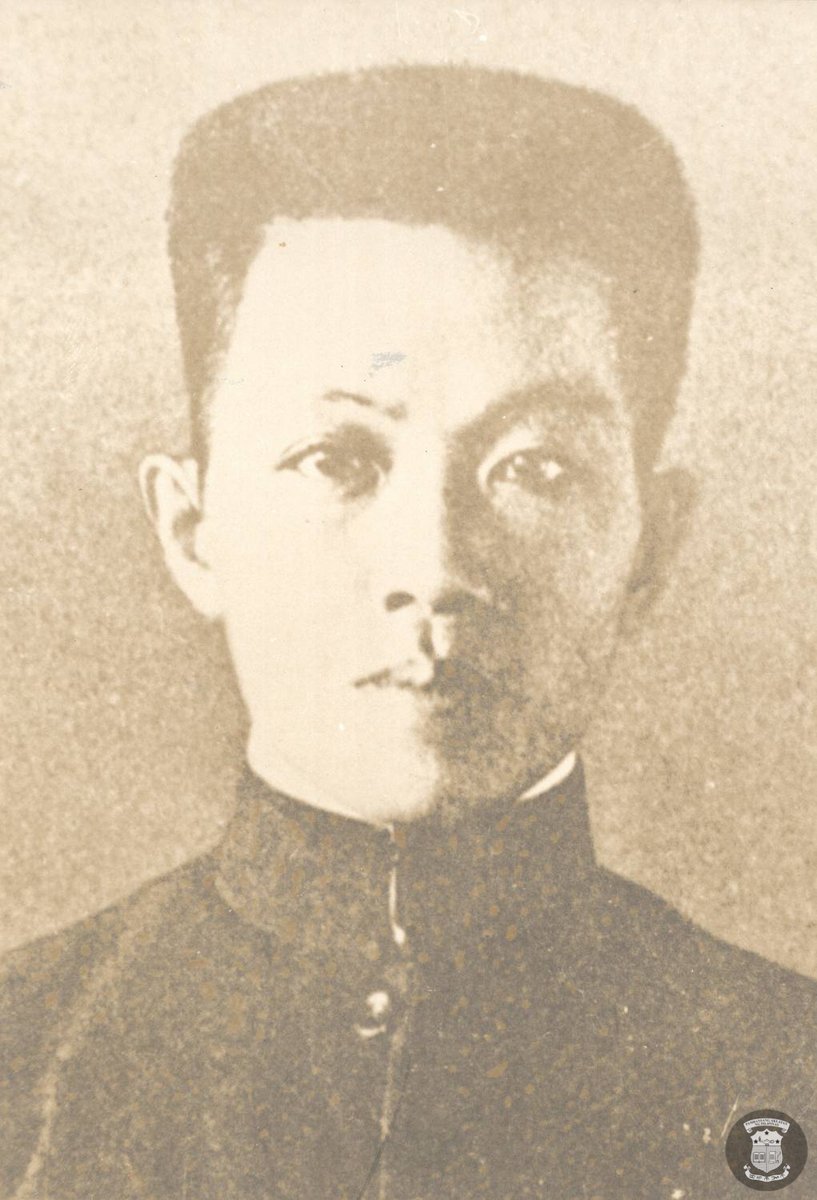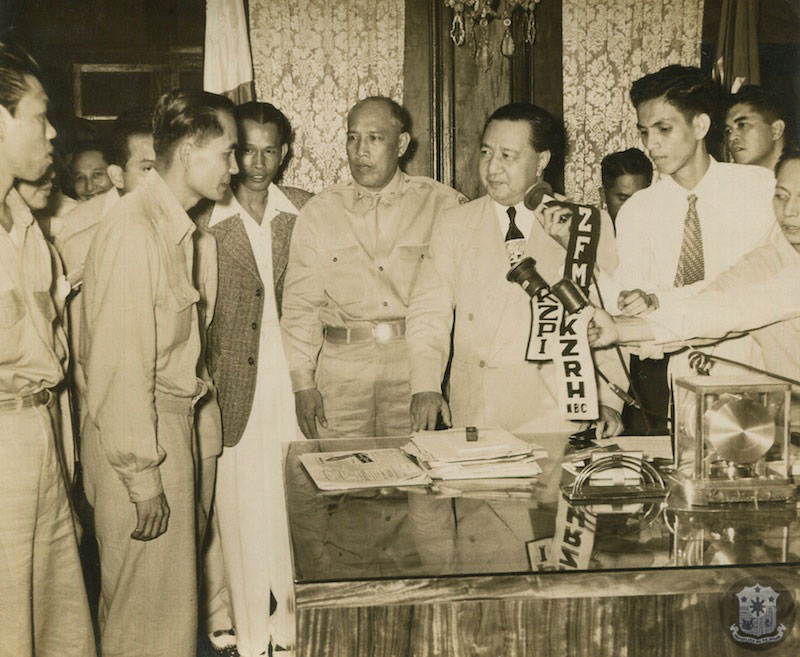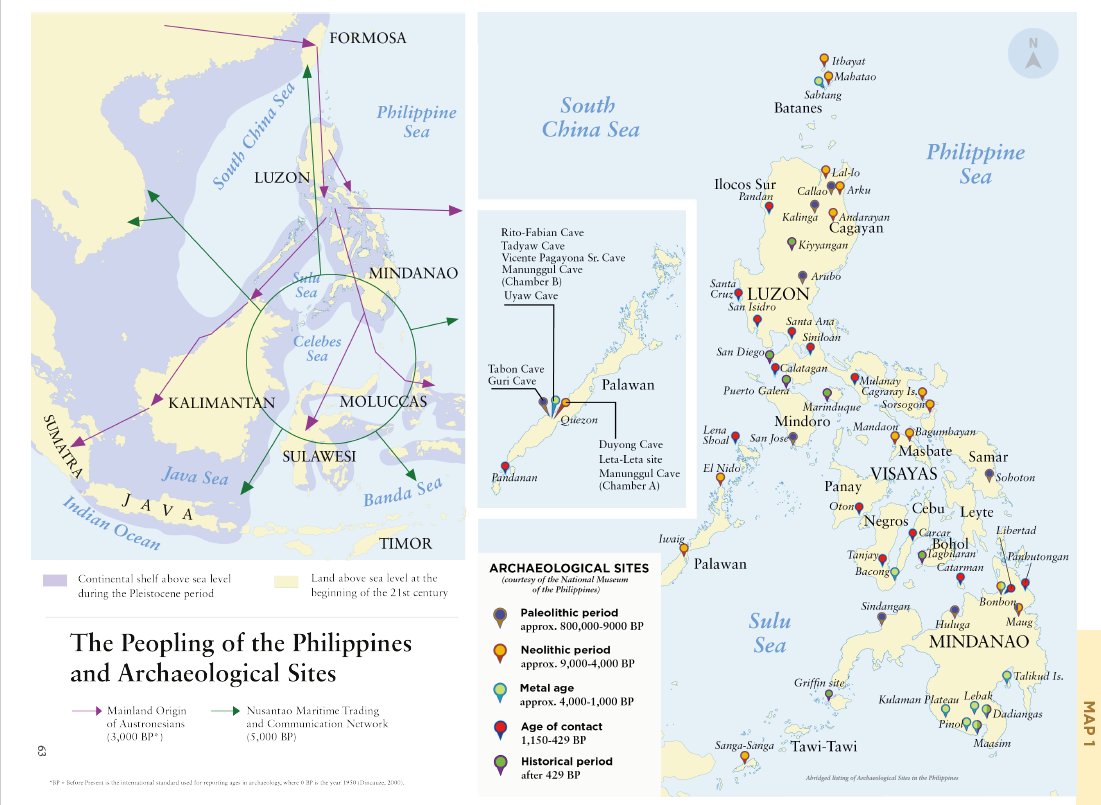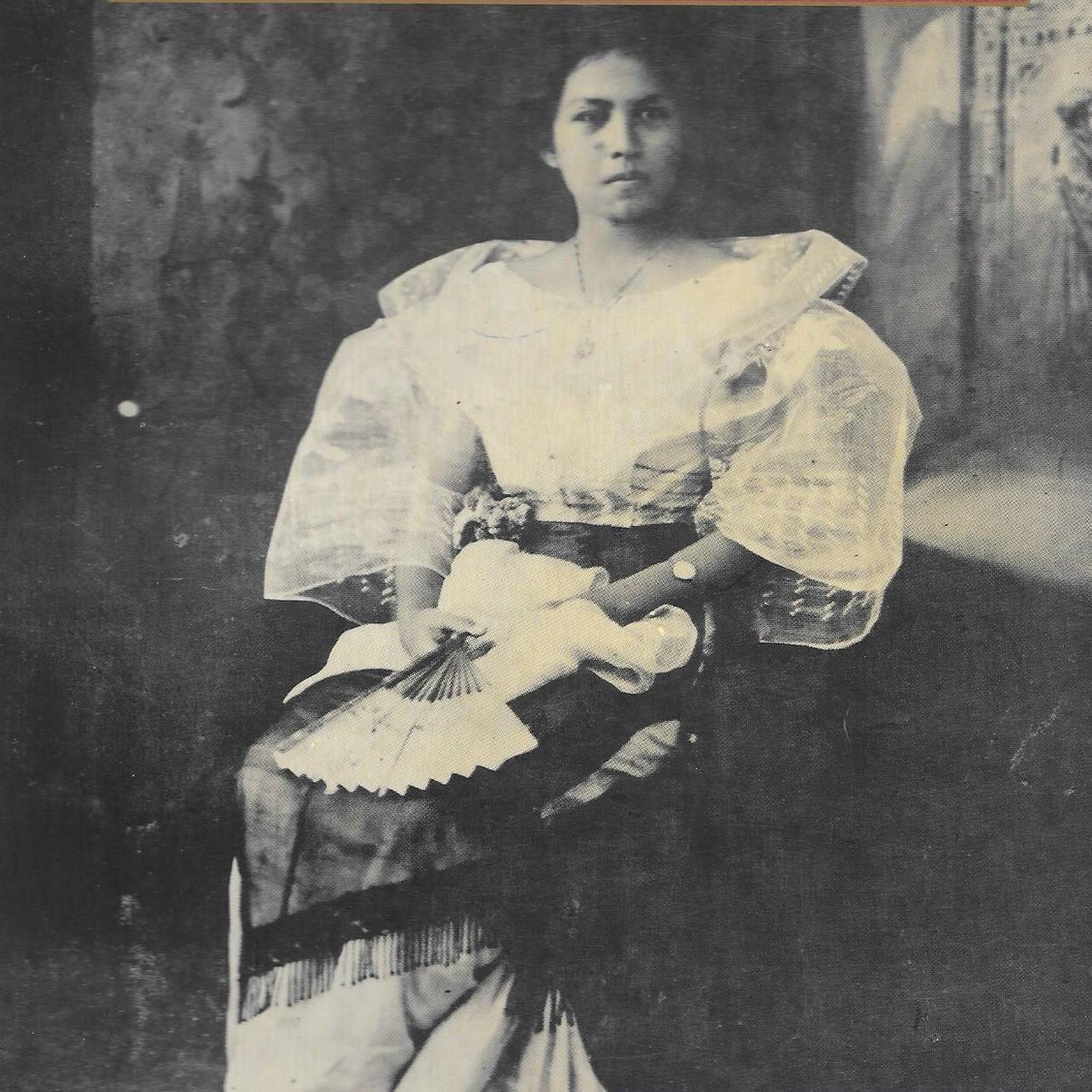
IN MEMORIAM: A historical question posed by PNoy in a Cabinet meeting would always get our team under MLQ3 to work. We were 4 history researchers, 2 archivists, 1 graphic designer. Armed w/ GoogleDoc & piles of sources, we have to finish a historical briefer from 10 mins to an hr 

If some personality of historical significance in PH dies, we needed to beat the media to it in releasing a statement, w/ the PCDSPO-OPS relying on us historians on the details that should come w/ that statement. That alone should all take around 10 mins tops.
PNoy's questions to our principal came as innocently as "Why were the Jesuits expelled from PH by Spain?" or "Why should the National Anthem precede prayer in state events?" All these questions great or small, would entail a briefer.
This was how history informed his policy.
This was how history informed his policy.
At the time, every head of state that visits PH entailed a diplomatic history briefer uploaded in OG before the visit. Photos, footnotes, grammar—everything should be of quality. There are times that some media outlets would just copy-paste what we did, but all this was for svc.
I remember, the EIC of Official Gazette told me one time, you gotta have balls of steel, unaffected by reprimand (I received a lot of beating!), bec ultimately our nation deserves the best. I'm still amazed at what we were able to do in the office, all bec PNoy was at the helm.
The entire time I worked in the Palace from 2013 to 2016, I only saw him twice. The last was when all of us were suddenly put on lockdown bec apparently PNoy wanted to visit our office. We all stood up, w/ me remembering a memorable West Wing episode.
We're a people used to charisma but PNoy had none of that. What he delivered were data-driven analyses, & from there, solution & results. We leave these results to the judgment of history, as it has always judged harshly but fairly.
But I'm grateful to have served 🇵🇭 under him.
But I'm grateful to have served 🇵🇭 under him.
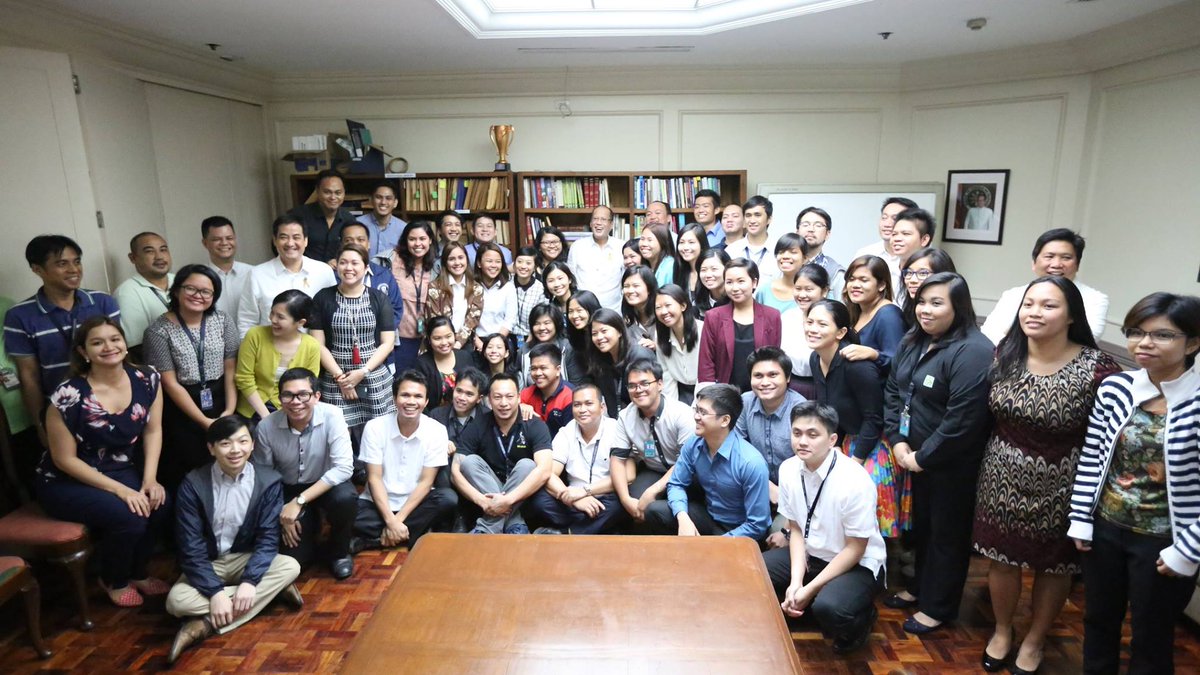
What do we do now?
We elect better leaders—better than PNoy, and definitely better than this caricature of a gov that we have now.
Our Nation deserves no less.
We elect better leaders—better than PNoy, and definitely better than this caricature of a gov that we have now.
Our Nation deserves no less.
• • •
Missing some Tweet in this thread? You can try to
force a refresh


